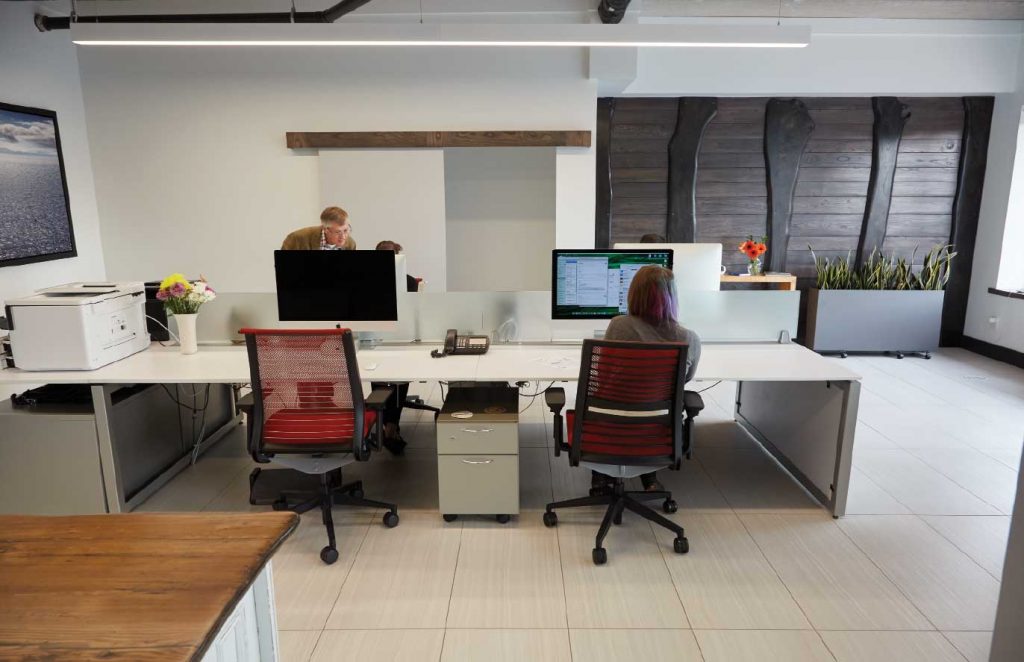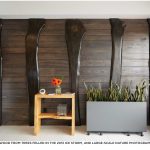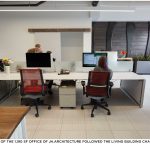
 Living buiding performance on a budget
Living buiding performance on a budget
Launched in 2006, the Living Building Challenge is a rigorous certification program that sets absolute performance standards and requires proof that they have been achieved before awarding certification. There are seven categories [or petals], most comprising several imperatives, all of which must be met if recognition for that petal is to be achieved. Full recognition requires a building to meet the imperatives of all seven petals; partial recognition requires a building to achieve three petals, one of which must be Water, Energy or Materials.
By James Hettinger, OAA
Most imperatives are objective and readily quantifiable: net zero energy, net zero water, construction carbon neutrality, for example; while others, such as Beauty, and some aspects of Health & Happiness, are more subjective.
As well – and perhaps most importantly – the Living Building Challenge is a philosophy and advocacy tool, to underscore the inter-relationships of environmental, social and economics of how to design and build in harmony with the planet. Despite these laudable goals, uptake of the LBC has been slow, with only one project previously completed in Ontario.
The renovation of our 1,190 sf office in Burlington, ON was designed to the Petal Certified Renovation standards of LBC Version 3.0, achieving the Materials, Beauty and Health & Happiness petals. The office was designed to be energy efficient and a great work space, while providing the practice with a laboratory for testing and evaluating both the performance and cost effectiveness of new design strategies. Contrary to popular belief, the office design proved to us that the most sustainable solutions need not cost more than traditional approaches to design.
An example was the creation of a super-efficient dry radiant heating and cooling system, using the existing HVAC equipment and precast concrete floors. This provided the highest return on investment, controlling the operating costs and providing a comfortable environment in all seasons.
This and other design responses communicate the firm’s philosophy to all who enter the office. With a capital cost of $80,000 [truly a developer’s budget] and EUI operating costs of only $40 per month, the project proves that a lower energy footprint and a healthy work environment can be achieved on a modest budget.
Petal research began prior to and during schematic design and was continually updated throughout construction. This was done to ensure that the sub-trades understood and adhered to all the requirements of LBC.
The intent of the Health & Happiness Petal is to provide a healthy interior environment and contribute to the wellbeing of those occupying the space. The focus is on connection to the outdoors, biophilic design, and indoor air quality. To achieve this petal, our office design incorporated operable windows, ample daylight throughout the open concept space, as well as daylight [harvesting] sensors to control lighting and blind levels. LED light fixtures provide colour balance and visual comfort for the occupants as well as energy savings. CO2 metering maintains air quality, while indoor vegetation stimulates biophilic response for occupants.
The intent of the Materials Petal is to assist in creating a materials economy that is non-toxic, ecologically restorative, transparent, and socially equitable. The LBC provides a material “Red List” which identifies chemical ingredients that may not be used in any products because of their detrimental effect on human health. Reducing the carbon footprint of material transportation is also required, as well as reducing material waste as much as possible in all phases of design.
To achieve this petal, our office design incorporated local sourcing of materials, FSC-certified and reclaimed wood products, and low-flow plumbing fixtures with hand sensors and hand dryers to reduce waste. In addition, over 95% of the construction material and packaging waste was sorted and diverted from the regional landfill.
The intent of the Beauty Petal is to recognize that character and beauty promote preservation and conservation, and so serve the greater good. If we appreciate a building, we will care for it over the long term. To achieve this petal our office design incorporated a custom designed island, using wood salvaged from a 19th century building, a feature wall using wood from trees felled in the 2013 ice storm, and large-scale nature photographs by a local artist, enhancing beauty through colours and shapes.
Living buildings give more than they take, creating a beneficial impact on the human and natural systems with which they interact. The positive experience and outcome of this project has made us vigorous advocates for the Living Building Challenge and for an affordable approach to all aspects of sustainable design. The lessons learned from our own experience have enhanced our ability to create healthy spaces on projects of all kinds. Building on this experience, we now aim to combine these benefits in a net-zero energy project. The horizon is vast.
James Hettinger OAA, is Principal of jh.architecture in Burlington, ON.



